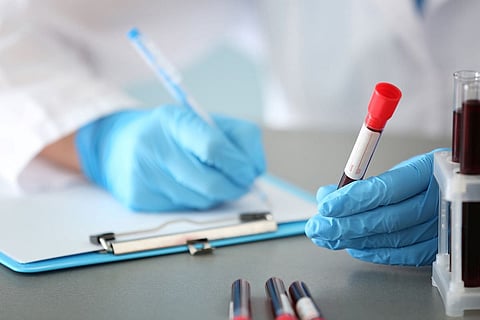

THURSDAY, Sept. 11, 2025 (HealthDay News) -- U.S. hospitals vary in how they define blood culture contamination (BCC), according to a study published online July 11 in the Journal of Clinical Microbiology.
Valeria Fabre, M.D., from Johns Hopkins University School of Medicine in Baltimore, and colleagues surveyed 52 hospitals and analyzed 362,078 blood cultures (BCx) collected from Sept. 1, 2019, to Aug. 31, 2021, from 62 intensive care units (ICUs) and 231 wards from 48 hospitals. BCC rates were calculated and compared using the College of American Pathologists (CAP) or Clinical and Laboratory Standards Institute (CLSI) criteria, both of which use a limited number of skin commensals to define BCC, and the comprehensive National Healthcare Safety Network (NHSN) commensal list.
Overall, 100, 39, and 21 percent of hospitals monitored BCC, BCx positivity, and single BCx rates, respectively. The researchers found that 65, 17, and 17 percent of hospitals used CAP, CLSI, and NHSN criteria, respectively, to define BCC. The mean BCC rate by CAP was 1.38 percent for ICUs and 0.96 percent for wards. BCC rates were similar by CLSI criteria but increased with NHSN criteria. Lower BCC rates were seen in association with sharing BCC data outside of the laboratory, measuring additional BCx quality indicators, and limiting central catheter-drawn BCx. There was an association for BCC with higher central line-associated bloodstream infection rates in ICUs.
"We found variation in how hospitals define BCC, and that lack of standardization could dangerously stack the odds toward blood cultures incorrectly appearing to stay within appropriate contamination levels," Fabre said in a statement.